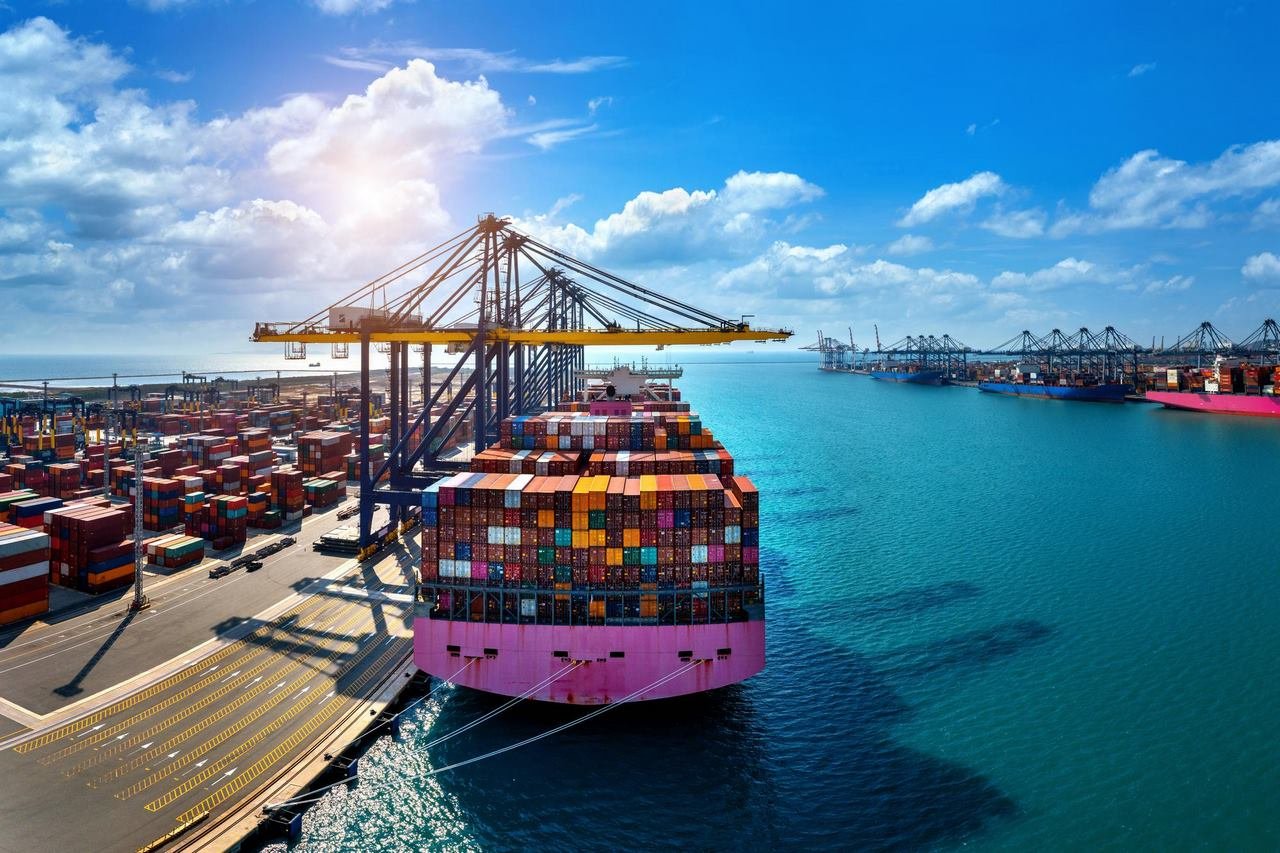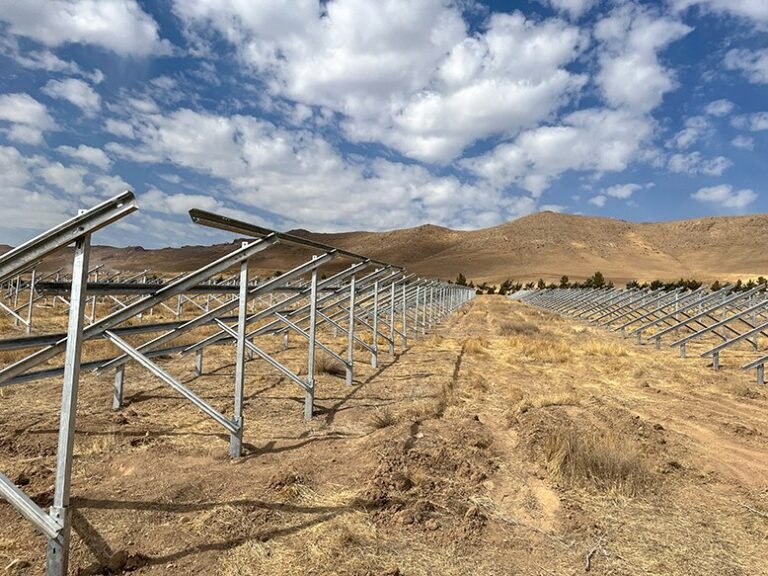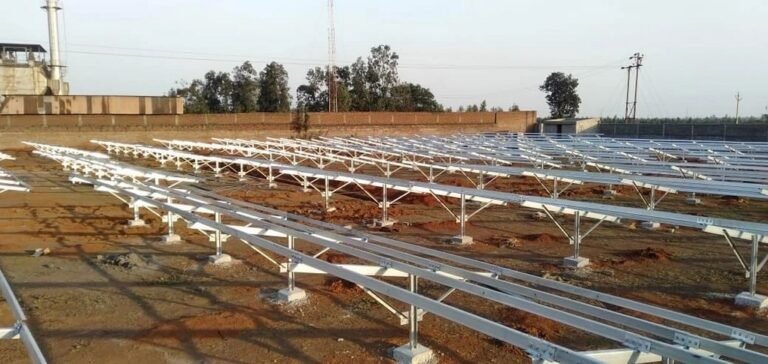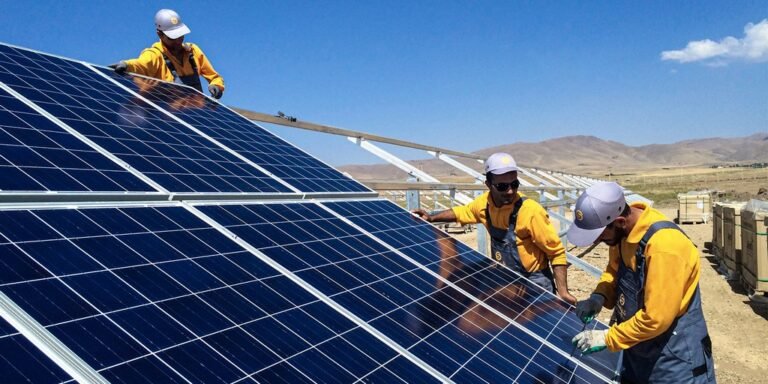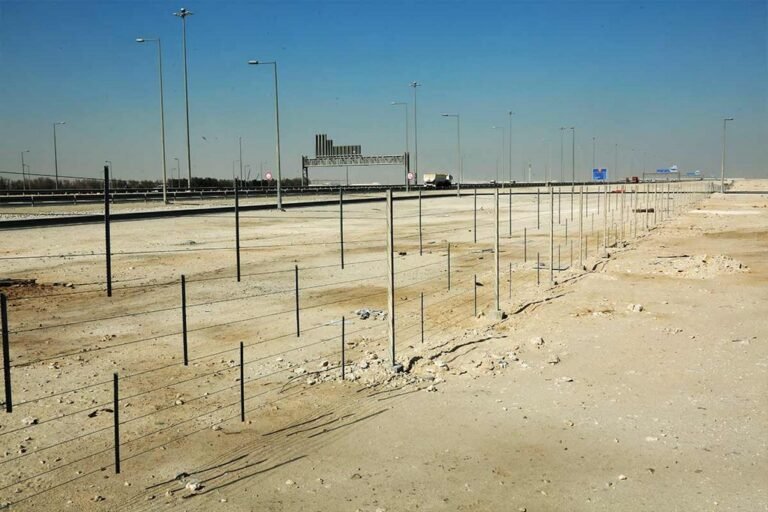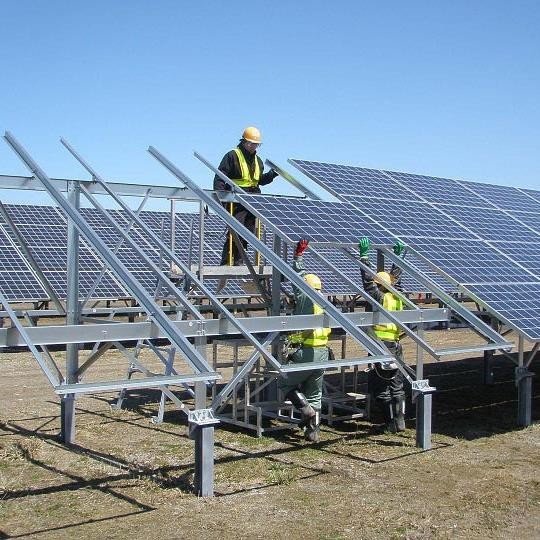Introduction
Technology Transfer and Establishment of an Aluminum Fluoride (AlF₃) Production Plant
Aluminum fluoride (AlF₃) is a critical component in the electrolytic production of aluminum, serving as a flux to lower the melting point of alumina (Al₂O₃) in the Hall-Héroult process. Apart from its primary use in the aluminum industry, it is also widely utilized in ceramics, glazing, and various chemical processes.
The Middle East Region currently imports a significant portion of its aluminum fluoride requirements, making its domestic production a strategic necessity for self-sufficiency and economic resilience. Establishing an AlF₃ production facility in The Middle East Region would significantly reduce dependency on imports, lower costs, create jobs, and boost industrial development.
Project Objectives
- Establishment of a production facility with an annual capacity of 20,000 tons
- Transfer of production technology from reliable international sources
- Reduction of import dependency, ensuring a stable domestic supply
- Enhancement of the The Middle East Region aluminum industry’s efficiency
- Job creation and local expertise development
- Export potential to regional markets
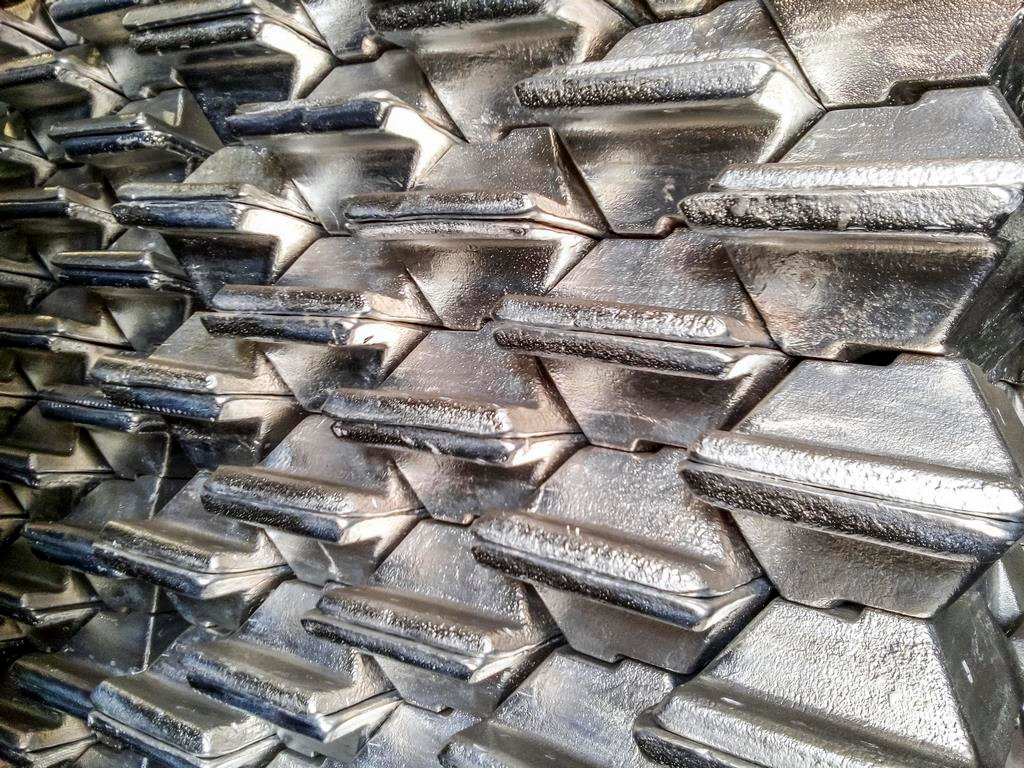
Aluminum Fluoride Production Technology
AlF₃ can be produced using two main methods:
Hydrofluoric Acid (HF) + Alumina Process
Reaction:
Al₂O₃ + 6 HF → 2 AlF₃ + 3 H₂O
Advantages: Higher purity, efficient process, stable output
Disadvantages: Requires a reliable HF supply
Fluorosilicic Acid (H₂SiF₆) + Alumina Process
Reaction:
H₂SiF₆ + Al(OH)₃ → AlF₃ + SiO₂ + H₂O
Advantages: Lower production costs, utilization of by-products
Disadvantages: Lower purity compared to HF method
Recommended Technology: The HF + Alumina process due to its higher purity and better performance in aluminum smelting applications.
- Selection of an international technology partner (e.g., from China, India, or Russia)
- Procurement of specialized equipment and production units
- Recruitment & training of The Middle East Region technical personnel
- Construction & installation of production lines
- Commissioning & testing of the plant before full-scale production
Technology Transfer & Implementation Plan
process
Technology Transfer Process
Technology transfer involves research, technical knowledge acquisition, workforce training, equipment procurement, and production line setup. This process can be achieved through various methods:
- 2.1 Methods of Technology Transfer
-
1. Technology Licensing
• Acquiring licenses and access to formulations, processes, and standard equipment from reputable international companies (China, Russia, India, Europe)
.• Ideal for a quick start and reduced technical risks. -
2. Joint Venture (JV) Collaboration
• Forming strategic partnerships with foreign companies for investment and implementation of aluminum fluoride production.
• The foreign partner provides technical know-how in exchange for equity share or sales revenue. -
3. Turnkey Project Acquisition
• Purchasing a fully equipped production unit from a foreign country, with installation, commissioning, and workforce training provided by the supplier.
• Suitable for rapid technology transfer with minimal risks. -
4. R&D-Based Development
• Investing in research and development to create a domestic aluminum fluoride production method.
• Requires more time and investment but ensures long-term technological independence.
Estimated Investment & Cost Breakdown
Investment Component

Operating Cost Estimates (Annual)

Recommended Locations for the Plant
The Middle East Region Special Economic Zone (Hormozgan)
Close to aluminum smelters and export routes
Arak Industrial Zone
Well-established industrial infrastructure
Access to raw material suppliers, ports, and transportation networks
Risks & Mitigation Strategies

Conclusion & Next Steps
- The Middle East Region has a strategic need for domestic aluminum fluoride production.
- The project is financially viable with an estimated payback period of 4 to 6 years.
- The facility will significantly reduce dependency on imports and enhance The Middle East Region’s industrial capabilities.
- For successful implementation, we recommend initiating discussions with international technology partners and securing investment.
This proposal can be further customized based on specific project requirements and investor preferences.
Copper Ingot Supply – Steelbridge Export
At Steelbridge Export, we are proud to offer high-quality copper ingots as part of our core export portfolio. With the increasing global demand for raw materials in energy, construction, electronics, and heavy industry, copper stands out as one of the most critical non-ferrous metals.
Product Overview:
Copper ingots are cast blocks of refined copper metal, typically produced in standardized shapes for ease of handling, storage, and processing. They serve as the raw material for a wide range of industrial applications, from wire manufacturing and electrical systems to alloy production and precision casting.

Our Focus: Copper Ingots Only
Unlike many suppliers that diversify across multiple copper forms, Steelbridge Export maintains a focused supply strategy. We only offer copper ingots, ensuring our clients receive a consistent, pure, and certified product every time. This specialization allows us to uphold rigorous quality standards, competitive pricing, and reliable logistics for international trade.
Applications

Electrical conductors and wiring
Industrial machinery and automotive parts
Metal alloy production (bronze, brass)
Renewable energy infrastructure (solar & wind components)
Precision components for aerospace and defense
Why Choose Steelbridge Export:
- Guaranteed purity of copper content (typically 99.9%)
- Compliance with international standards (ASTM, ISO)
- Secure packaging and timely global delivery
Expert support in documentation and export procedures
Whether you are a manufacturer, trader, or industrial end-user, our copper ingots provide the quality and reliability you need for high-performance applications. For detailed specifications, pricing, and logistics, please contact our export team.
Featured projects
How Can We Help
+(971) 55 325 5338
info@steelbridgeco.com
All Services
what we do.
Services, Products and Solutions

Solar Power Plant Investment
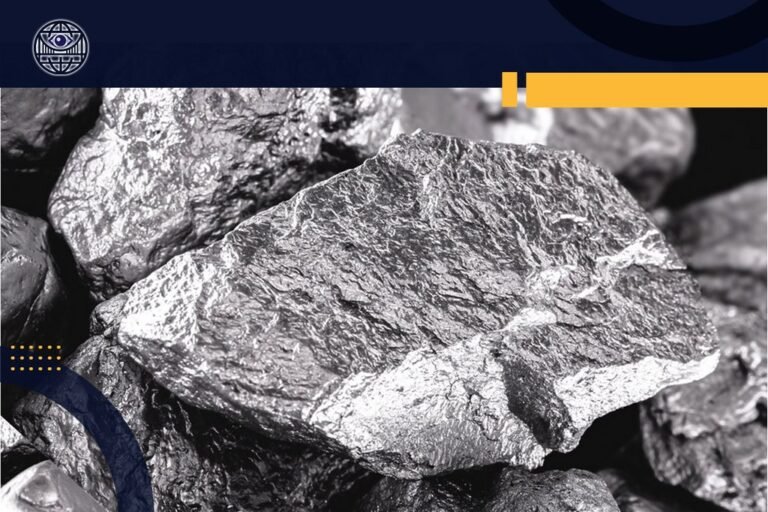
Cobalt
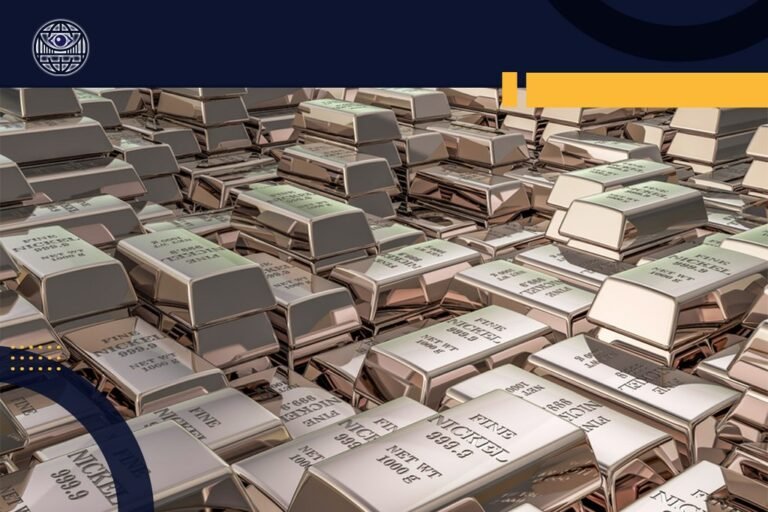
Nickel
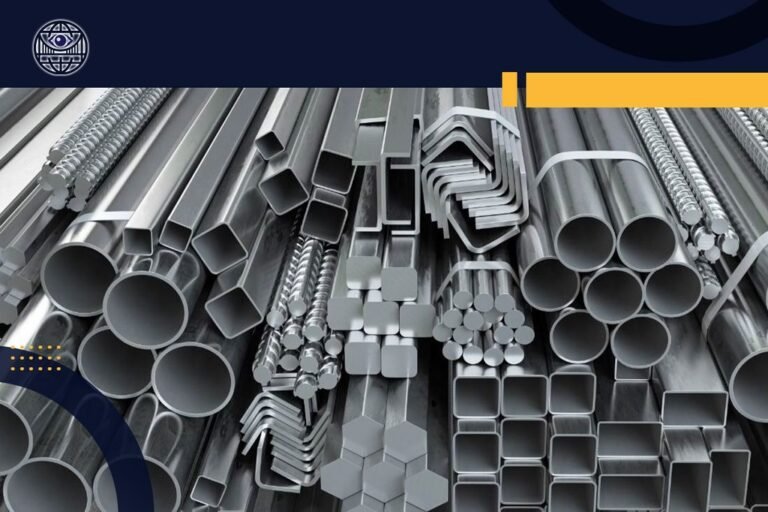
Aluminum and Copper
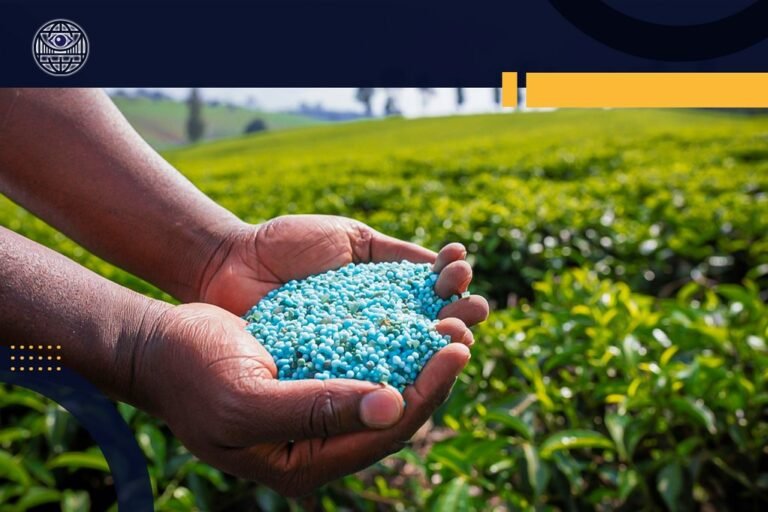
Phosphate



